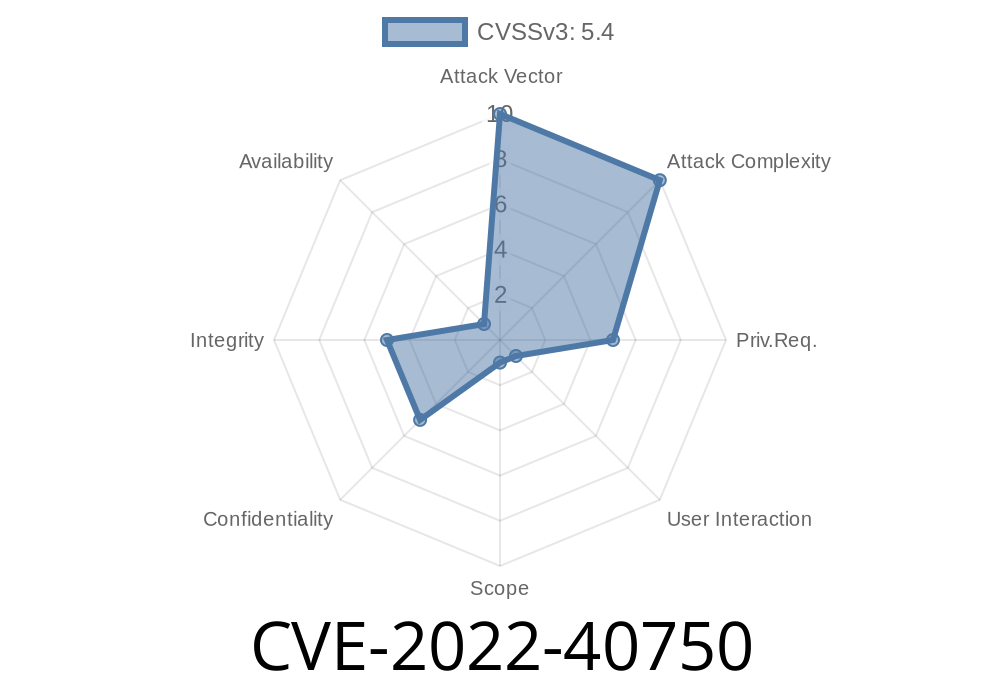IBM WebSphere Application Server (WAS) versions 8.5 and 9. are affected by a cross-site scripting (XSS) vulnerability, which may permit attackers to embed malicious JavaScript code within the Web User Interface (Web UI). As a consequence, the intended functionality of the application may be altered, potentially leading to the disclosure of sensitive credentials while operating in a trusted session. The vulnerability has been assigned the Common Vulnerability and Exposures ID CVE-2022-40750, and its details can be found in the IBM X-Force ID: 236588.
Exploit Details
The IBM WebSphere Application Server XSS vulnerability is caused by inadequate validation and sanitization of user-supplied input data. When exploiting this vulnerability, an attacker can override or alter the intended application functionality by injecting malicious scripts into the app. Consequently, the attacker may gain unauthorized access to a victim's session, perform actions on behalf of the user or steal sensitive data, such as login credentials.
Affected Components
The following IBM WebSphere Application Server versions are affected by the CVE-2022-40750 XSS vulnerability:
Proof-of-Concept
The following code snippet demonstrates a possible exploit scenario where an attacker might inject arbitrary code into the Web UI:
<script>
// Attacker's malicious JavaScript code
alert('XSS Vulnerability');
</script>
When the affected IBM WebSphere Application Server encounters the code, it will display an alert box, indicating the existence of the XSS vulnerability.
Original References and Additional Resources
* IBM Security Bulletin
* IBM X-Force ID: 236588
* CVE-2022-40750
Mitigation and Recommendations
It is highly recommended that users of the affected IBM WebSphere Application Server versions consider implementing the necessary updates and patches released by IBM to address the CVE-2022-40750 XSS vulnerability. You can find details on the required updates in the IBM Security Bulletin.
In addition to applying the updates from IBM, organizations should take the following steps to minimize the risk posed by the XSS vulnerability:
* Perform regular security assessments of web applications and services;
* Implement proper input validation and sanitation measures in all web development practices;
* Train staff on the potential risks and signs of XSS attacks and the best practices for preventing such vulnerabilities;
* Implement a robust vulnerability management program to promptly identify, prioritize, and remediate any known vulnerabilities within your environment.
Conclusion
Cross-site scripting vulnerabilities like the one found in IBM WebSphere Application Server versions 8.5 and 9. (CVE-2022-40750) pose significant risks to organizations, as they could lead to unauthorized access, data theft, and disrupt the functionality of web applications. It is crucial to stay informed on the latest security updates and best practices to protect your organization's most valuable assets. Regularly updating software and implementing proper web development and security measures are vital in ensuring the overall safety and security of your digital infrastructure.
Timeline
Published on: 11/11/2022 19:15:00 UTC
Last modified on: 11/16/2022 16:16:00 UTC
